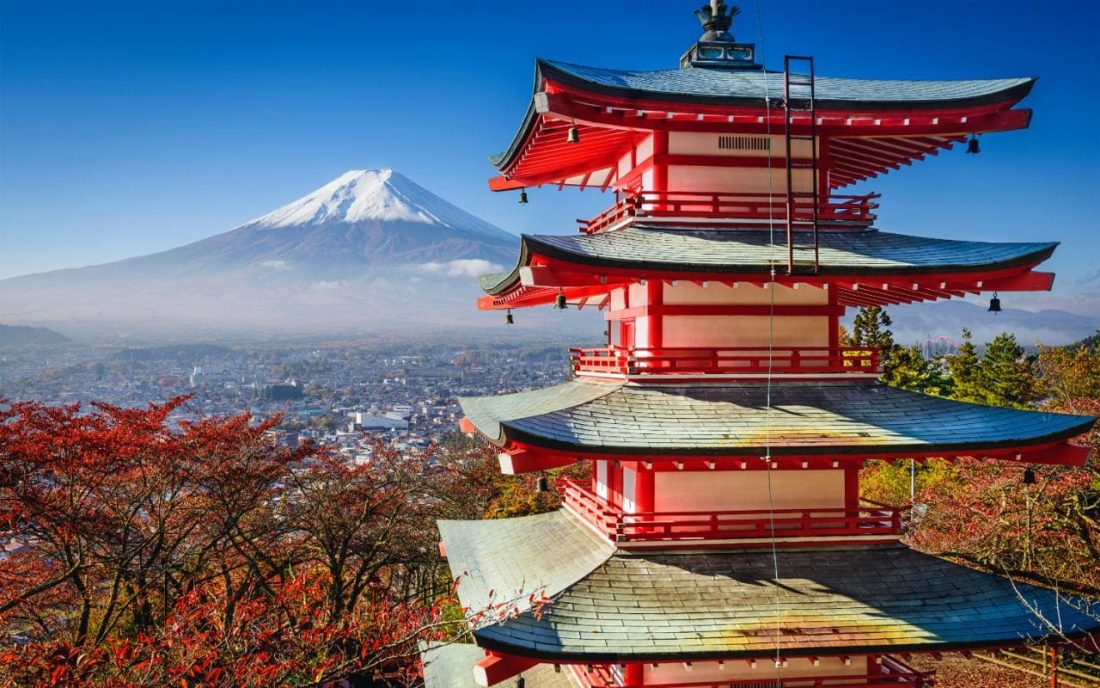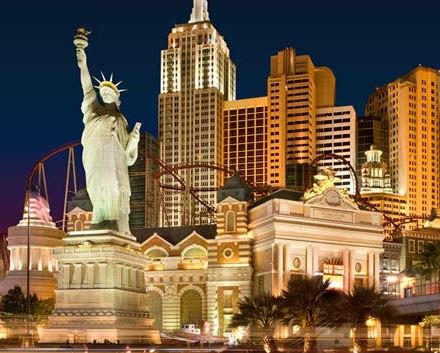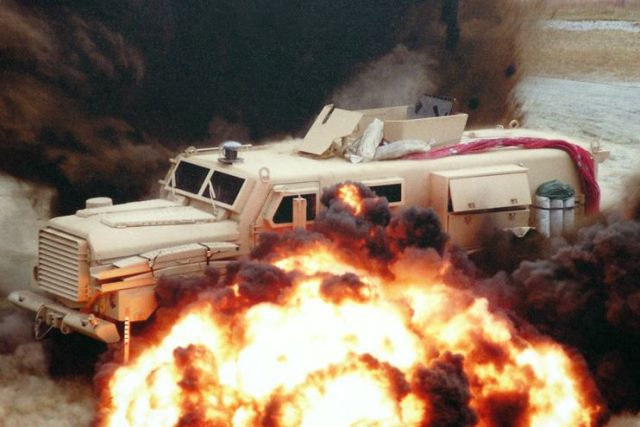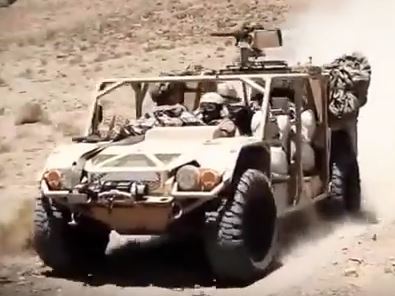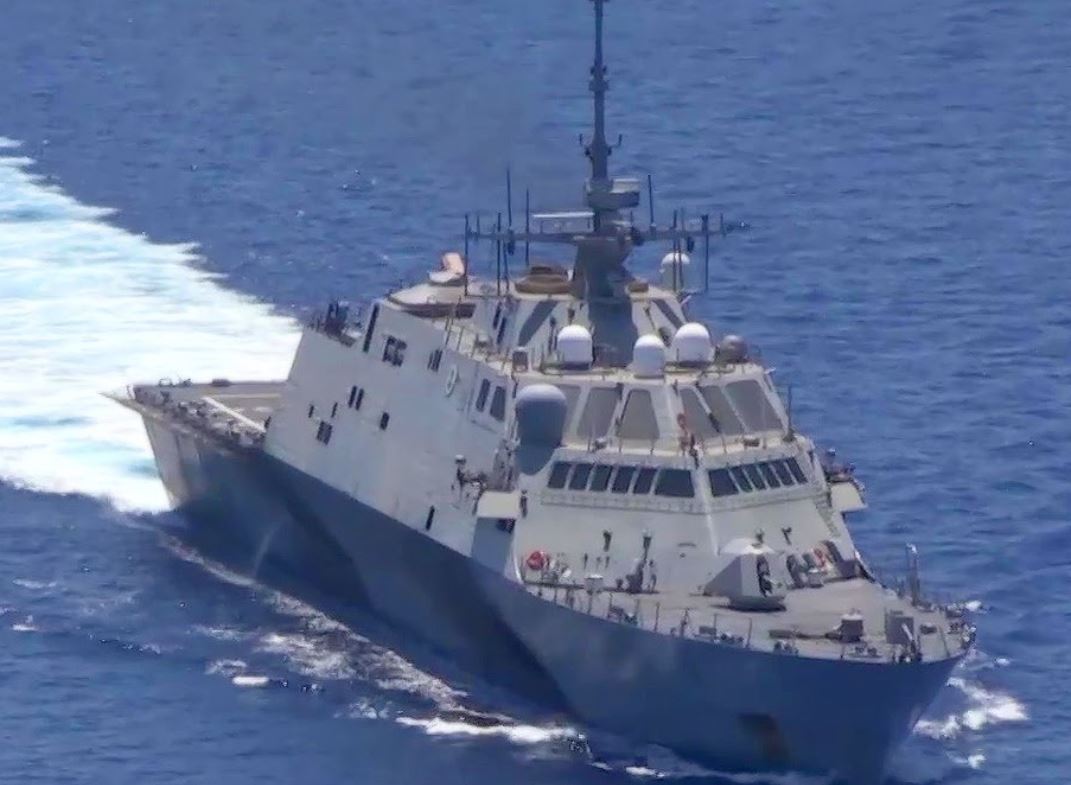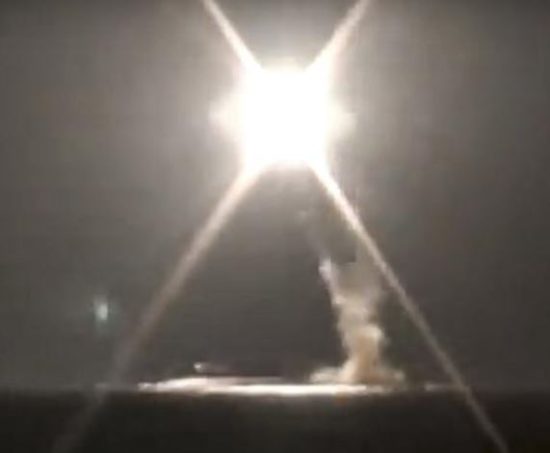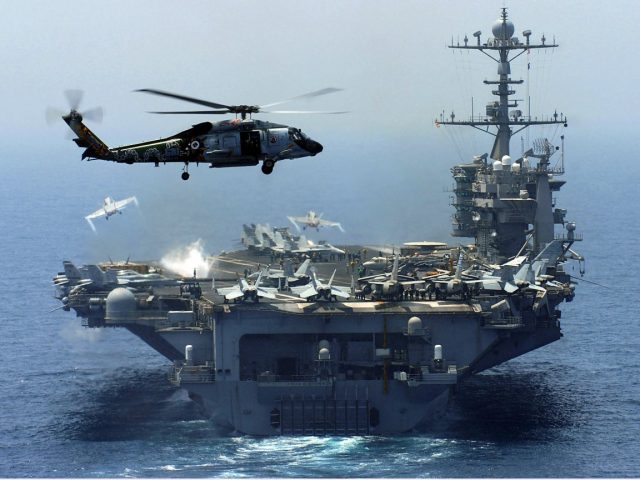People are trapped by delusional thinking. No argument or facts are going to change any minds. The United States has invested too much treasure on a captive population that has no way to grasp that everything they think they know for sure is fabrication.
It’s all lies.
Everything.
I’m going to tell the truth for the sake of history. What happens next will vindicate me, said the late Fidel Castro.
Of course, it isn’t about vindicating me or even about vanquishing sociopaths when at last they self-identify so that everyone knows for sure — much like Joseph McCarthy, who identified himself decades ago on national television.
Is anyone old enough to remember? Has it occurred to anyone that McCarthy was right? The Russians are coming, he warned; Communists are at the gates; the trickle has become a flood.
Nikita Khrushchev bragged before the United Nations that Russians would bury us, even as McCarthy insisted that they already had; agents and sympathizers were infiltrating the State Department and the media in droves.
Why do I suddenly feel like the chances are good that most folks reading this essay have never heard of any person I’ve mentioned so far? Am I talking (writing) (spitting) into the wind? Is it only the old and discredited who enjoy the privilege to remember and learn from history?
Who knows anything for sure?
It can’t be all about justifying or humiliating anyone, because everyone on all sides is flawed. Everyone has short memories. Everyone hears what they want to hear and disregards the rest. Right?
It’s an earworm from yesteryear that plays in the heads of everyone who is engaged and old enough to remember. The Boxer song by Roy Halee and friends means so much, even today, especially today. Does anyone agree?
I am just a poor boy though my story’s seldom told
I have squandered my resistance for a pocket full of mumbles,
such are promises
All lies and jest,
still a man hears what he wants to hear
And disregards the rest, hmmmmm
In the clearing stands a boxer, and a fighter by his trade
And he carries the reminders
Of every glove that laid him down or cut him
‘Til he cried out in his anger and his shame
”I am leaving, I am leaving,” but the fighter still remains…
No one gets it right in this world. The leaders of nations — isolated in bubbles of every hue — seem the most flawed. Nothing any of them does ever works. Leaders are isolated; pampered; entitled. Most are proud; all are cruel, because they are human beings; humans have a dark side. It’s how they roll.
Everyone knows it’s true.
It’s been this way forever and always will be. It’s why we have religion — to dampen the desire in every heart to run toward darkness; to obliterate entirety; to destroy Earth and everything the hating person loves and holds dear.
The rage fascinates and enthralls. No news stories are more watched than those that show young men going berserk and shooting up a school; or of suicidal fanatics smashing airplanes into buildings.
It all comes from the same place deep inside the hearts of the humiliated and the despised. It’s a way of getting even that drives those ruined by the evil they endured to strike back hard.
The common people want kings, and they want them to simplify things. Make it all about good and evil; them verses us; religion against ideology; stupidity verses ignorance.
People want kings (not queens) who they will someday learn to hate. Yes, it’s counter-intuitive. Do folks ignore insults? Do they overlook humiliations and move on? Some do. Most dream of revolution and the day they hear the words, I’m sorry.
The Queen is naked! a peasant lad screams at the passing royal parade. Burn her train! another shouts.
Suddenly, it’s a mob. Everyone yells. They stamp their feet and shake their fists. Lock her up! Lock her up! USA! USA!! USA!!!
Men love to fight. They love to kill. They love to weep. They love to spiral into self-loathing depressions. They love to jump out of airplanes and climb mountains.
Boring is always fatal to a yearning soul. But so is tempting fate and doing bad things for fun. In the end, everyone — good or bad — dies.
Believing in death makes killing easier. Does it not?
What if everyone lives?
The idea seems absurd to those who are doused in the gasoline of evil. It seems paradoxical to those who admire themselves for their lack of faith. It’s why as a species, homo sapiens are doomed.
Even the most righteous are scum who hurt people on grand scales.
It’s true.
What? Must I name names?
Harry Truman; Curtis LeMay; George Wallace; Lyndon Johnson; Richard Nixon; Robert E. Lee; J. Robert Oppenheimer — the list of names is full of men and as long as history — every name on the list is an American mass murderer — psychopaths whose life work dehumanized and killed men, women, children, and newborns on vast scales.
Many are heroes who Americans, men and women alike, look up to as paragons of virtue and honor.
So what about #MKWA? By now some readers must have figured out the title, right?
How can anyone who can’t figure out an initialism (acronym) as easy as this one have any chance at all to anticipate and survive catastrophes? They can’t. Make Korea Whole Again. MKWA. It’s what this essay is about.

Who understands that Korea is one country?
The USA and Russia divided it in half after World War II.
Curtis LeMay spent two years bombing North Korea back into the Stone Age during the Korean War. Air Force historians say he killed twenty percent of the population — about two million people, General LeMay bragged years later to Air Force historians. One of his aides said under oath that the bombing was the cruelest use of military force in the history of the world. It was worse than Hiroshima and Nagasaki.
LeMay expressed no regrets.
In Japan it was his pilots, too, after all. He destroyed 67 cities in Japan. He burnt them to the ground with a fire-jelly called napalm. By the time he started on Korea, he was a bonafide expert.
Think about it.
Let the facts sink in. It will do you no harm.
I said facts weren’t going to matter. My purpose isn’t to rehash the history of Korea. Yes, the USA used bio-terrorism against the Chinese who rushed in to save North Korea from certain genocide. We “anthraxed” them.
Everyone in the world knows about it except Americans. Our leaders thought anthrax was more humane than radioactive bombs.
Yes, top generals in the USA advocated for nuclear strikes — as they did during the Vietnam War, as well. The history of every conflict turns on the capacity for barbarity by the parties who fight. I don’t want to make that argument. I don’t want to go into that dark forest. Not now.
I want to imagine the present and the future. We have two men, Trump and Kim Jong-un, who have found religion. They are, apparently, Christians looking for a way to do what’s right. Christ has changed their hearts. Both are puppets of countries run by bureaucracies entrenched by powerful elites. The president’s backers call the USA a “deep state.” Kim calls his system the “generals.”

Moon Jae-in is the South Korean president who replaced Park Geun-hye, the first female president in East Asia and a conservative — impeached by the National Assembly and removed from office last year. She is currently serving a 24-year prison sentence — incarcerated after her family ruled South Korea since 1961.
Forbes Magazine voted Park the most powerful woman in Asia more than once. Look it up.
Our president wants a Nobel Prize so that Obama will not one-up him.
What difference does it make what his reasons are, as long as they are sincere and strongly held?
Kim wants to create a perfect society, presumably, where people have fun and nothing but fun. No arguing allowed.
Ok… It sounds like Woodstock — or maybe the pro basketball finals where Kim plays point guard for the champions of the world.
Does it really matter?
Of course not.
I know that most Americans will not accept this notion, but our billionaires fear the idea that the communist way of producing wealth cooperatively and then sharing it equally might actually outperform a capitalist (slave) system; they fear the success of communism more than they fear nuclear war.
It’s true.
Who cares if no one believes it?
Read Ted Kennedy’s book True Compass. He says plainly that men like his billionaire father feared the success of communism; they were obsessed by it.
Most people can understand why, right?
Can anyone name a billionaire who wants to forfeit their power and wealth so that a few guttersnipes can eat and go to school — or a few old-fogies can pay their own way and not beg their kids in old age?
Bill Gates, you say? His primary residence alone cost a half-billion dollars. And he’s the best billionaire we’ve got. He got his start through an under-the-table deal his mother struck with a fellow IBM board member and personal friend. The deal was not beneficial to IBM.
So Gate’s wealth came easier than for others who lied, murdered, and robbed to get theirs. Would anyone give up their advantages, if they were rich? I don’t think so.
Voting patterns would be much different if people truly valued equality, right?
What’s the point?
Our billionaires don’t want Korea or Cuba or Venezuela or Brazil or any communist-flirting countries to succeed. The United States is at war 24/7 with both countries and leaders to lock down communism to a reputation for failure.
So far, so good.
North and South Korea want to unify. Families in both countries want to reunite before they are too old; before they die, frankly.
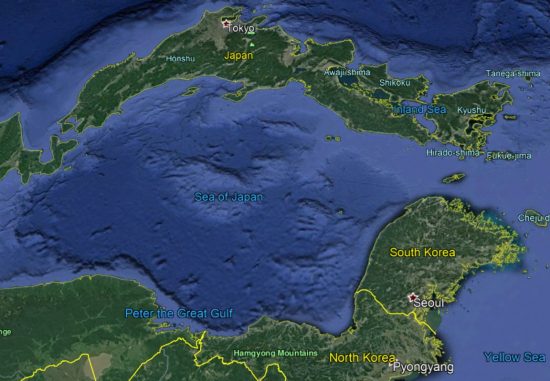
Korea must have nuclear weapons to deter Japan — which has the world’s largest stockpile of plutonium and the missiles to deliver it — and China who is already a nuclear and naval superpower.
Isn’t it obvious?
Korea, to survive, must have the means to deter the United States, which is smothering the Far East with its Navy of nuclear subs and aircraft super-carriers.
No one who possesses nuclear weapons uses them. After the horrors of Hiroshima and Nagasaki no one ever will. The Koreans will never use their weapons, nor will we. It’s a non-issue except in the minds of the paranoid and the delusional and the lovers of genocidal war.
A unified nuclear-armed Korea will be a deterrent to nuclear war, at least in the short run. In the long run, people understand that every country must sequester and dismantle their nuclear arsenals. I don’t think it is technically possible, though — even if every country wants it. Pandora’s box has been opened and the demons of mass-suicide are loose and unstoppable, at least from my vantage point.
I pray that I’m wrong.
The tragedy is that smart humans have manufactured and sequestered vast tonnages of PU239, an isotope of plutonium that went extinct among the stars billions of years ago.
PU239 has a half-life of 24,000 years. The missiles and containment structures designed to hold this toxic element are going to rot. Earth will soak up this life-destroying poison like vinegar to a sponge, someday.
The sad reality that no one will admit is that humans have already destroyed the earth. Homo sapiens may go extinct in the next 500 years. It’s more than possible. Certain extinction is what risk modelers all say. But plutonium will live on until it erupts to kill every chipmunk, bunny, cat, dog, bird, and butterfly that people leave behind.
Earth is going dark whether humans survive or not. Most experts put the odds of extending human survival to a thousand years or more at absolute zero.
Since the planet is going to die, why not do something nice for once and leave the Koreans alone to work out their destiny? If the United States gets out of the way and lets nature take its course, who knows what wonderful things might happen on the Korean peninsula? Who knows how many lives will be saved should everyone avoid war and set aside their fears and prejudices?
And truthfully, what is it that Korea has that we Americans want? The answer is: absolutely nothing. Except friendship.
Despite the dark picture drawn in this essay, people can change.
People do forgive. People do help. People do love.
It’s a fact of human nature that altruism and empathy are hard-wired into the human soul alongside its reptilian origins.
Why not be friends?
Why not organize an airlift led by the United States Air Force and Navy Marines to drop food and medicine to the starving innocents of North Korea who some say are eating bark and tree leaves to survive the blockade?
Why not send in French and Cuban doctors to administer to the sick and dying; to administer antibiotics and anti-parasitic medicines?
Both groups would rush to join such an effort. Everyone knows they would help desperate Koreans in a heartbeat.
Someone once said that the way to lose an enemy is to make a friend.
Does anyone believe in love?
Billy Lee


